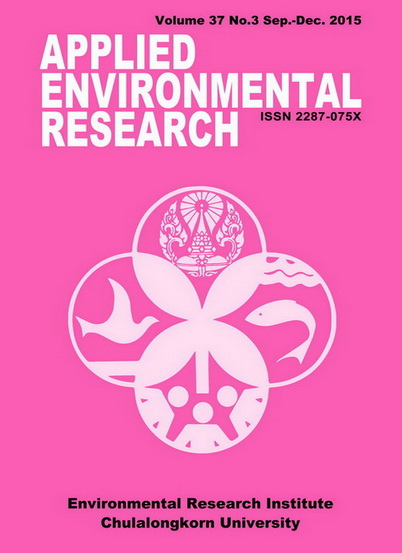Influence of Psychological Factors on Climate Change Perceptions Held by Local Farmers in the Northeast of Thailand
Main Article Content
Abstract
Global climate change is considered one of the most critical socio-ecological challenges of the 21st century. In recent years extreme weather events have increased significantly in Thailand as in other parts of the world. In most cases, climatic variability has always been associated with its implications for agriculture. To date, however, there has been inconclusive understanding of farmers’ capacity to detect climate change and its potential impact. This study therefore explores how Thai farmers perceive global climate change and, further, to examine the influence of psychological factors on these perceptions. The study used mixed research methods, with both qualitative and quantitative approaches. Questionnaires were distributed to 70 randomly-selected agricultural households in Village 4 of the Nongbuasala sub-district, Nakhon Ratchasima, Thailand. The survey results indicated that the majority of respondents view climate change in terms of extreme high temperatures and flooding. Regression analysis also revealed positive correlations between perceptions of climate change and six psychological variables of awareness in general and mitigation, belief in the reality of climate change and human causes, feelings of worry, and self-efficacy (0.201 ≤ r ≤ .592; p ≤ 0.05). Conversely, in terms of perceived barriers, three components of cognitive dissonance (r = -0.831), belief in limitation of lifestyle changes (r = -0.305) and fear (r = -0.283) were found to be negatively correlated with climate change perceptions by Thai farmers. Recommendations to deal with those perceived barriers are also discussed.
Article Details

This work is licensed under a Creative Commons Attribution-NonCommercial 4.0 International License.
Published articles are under the copyright of the Applied Environmental Research effective when the article is accepted for publication thus granting Applied Environmental Research all rights for the work so that both parties may be protected from the consequences of unauthorized use. Partially or totally publication of an article elsewhere is possible only after the consent from the editors.

